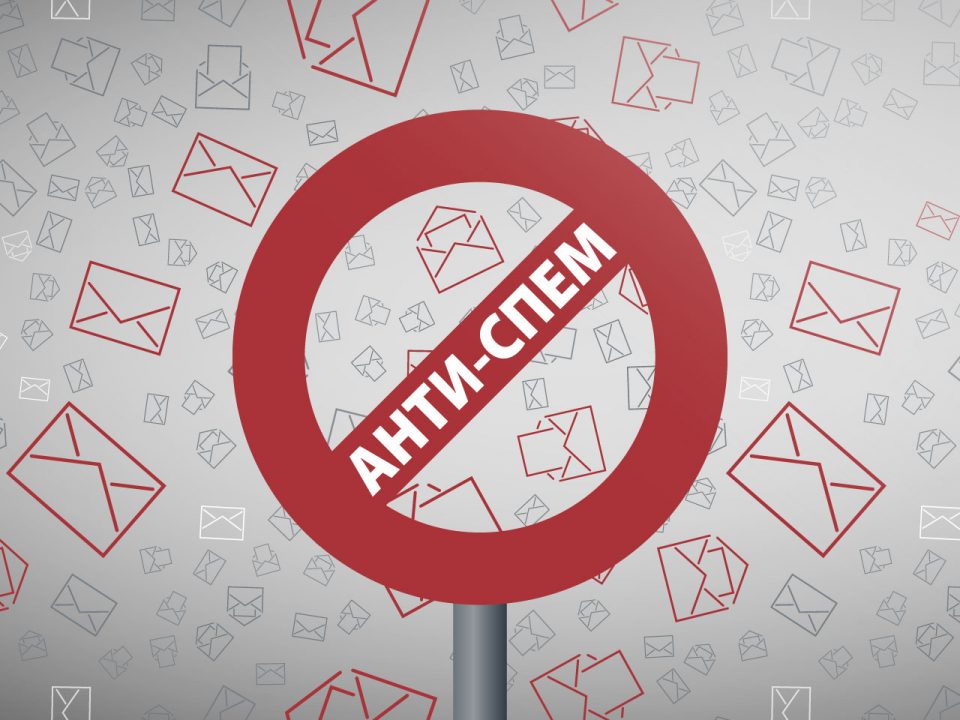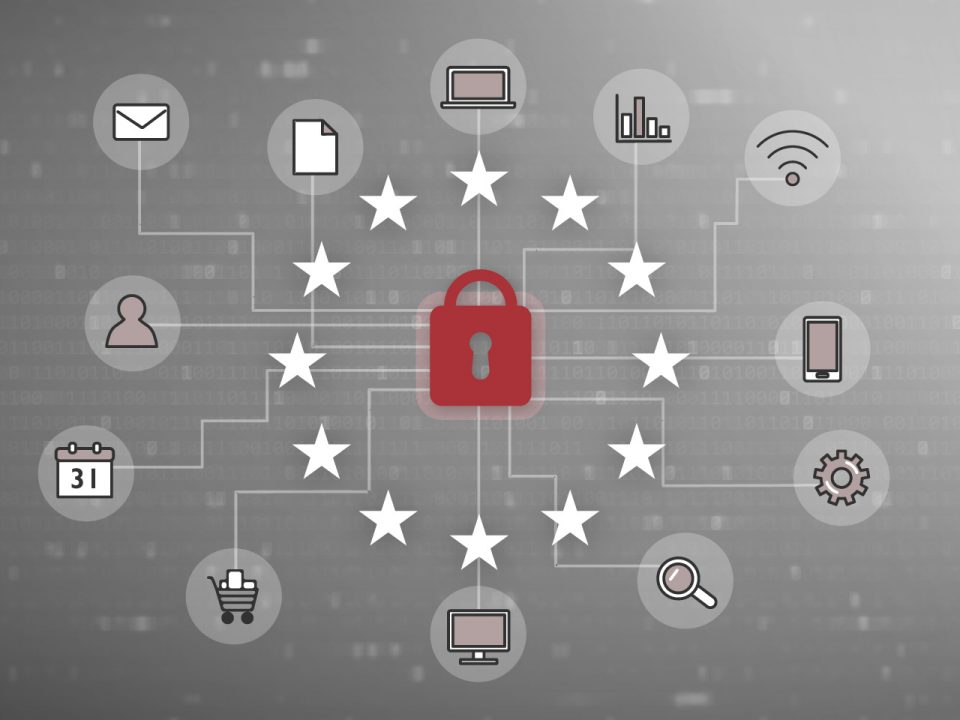How to Setup a Family Business


Churchill once said, “From a historical point of view, serious organizations in their archives must have those important papers that show the direction of their action at important moments.” Churchill, of course, meant the state, but the family-owned company is a serious organization that, at important moments, must have critical “papers,” that is, documents and rules.
The Henokians
The Italian manufacturer of firearms Beretta (founded in 1526.) is the oldest active company in the world and has been owned by the same family for almost 500 years. Beretta is one of the founders of the “Les Henokiens” Association, which brings together companies more than 200 years old and owned and operated by the same family that founded the company.
In order for your company to belong to the Henokiens Association, it must meet four criteria: that it has reached the minimum age of 200, that it is managed by a descendant of the founder, that the family still owns the company or is majority owner, and that the company is in a good financial situation.
Mazzei Winery in Italy, for example, which makes a great and my favorite Chianti Classico has been producing wine for 22 generations (?!).
The story of family business is unique, and the biggest conundrum of family business is certainly business continuity.
Some few seem to know the answer to that conundrum.
The succession and continuity of business is the biggest conundrum
In this blog we will not address the impact of external factors (war, economic crisis, etc.) on the downfall of family businesses. Statistics show that most family businesses cannot last longer than three generations. The most commonly identified factor leading to the shutdown of family-owned companies is the succession of businesses from one generation to the next.
Why is the failure rate of transferring family business from generation to generation so high?
Transferring work from one generation to the next requires exceptional organizational skills and for many is an insurmountable obstacle.
Personal stamp – family brand
Some studies have shown that family businesses that last for decades or centuries are those firms that most reflect the personal stamp of the family. They know who they are, understand how they fit into the world, have their values as a family, have strength and unity as a family.
Many long-lived family businesses have generally gone through relatively similar stages. Starting a new family business begins with the founder’s dreams. From that point on, the way the business evolves is a direct result of the combination between the founder’s vision and his attitude toward risk. At a later stage, the family under the guidance of the founder or after the transfer of leadership to the second generation has the desire to introduce strategic thinking.
The next phase is, as a rule, the “expansion and restructuring” phase and requires a lot of management effort, especially towards innovation, again taking into account a certain amount of risk. There are many other stages, but generally speaking it can be stated that even the best business models cannot succeed without family unity, cohesion and solidarity through different stages.
Let’s return to Churchill from the beginning of the text.
What are the critical papers that a family company, as a serious organization, must have for critical and decisive moments.
Critical documents and rules
First of all, you need to have is an expert lawyer who has a good understanding of the family business itself and who is experienced in setting the rules and procedures to be established in family businesses. Certainly, the Founding act or the contract of the members of the company are a necessary but insufficient legal structure that will not withstand the rush of time unless they are networked with other rules and procedures.
There are a number of situations and relationships that must be regulated through appropriate legal mechanisms within the family company.
To name just a few: To have already adopted Strategic Plan covering more than one year in business that integrates business goals, personal goals of family members and that supports the family succession plan; That Non-Family Managers are taken into account in the Strategic Plan; Have the family meet regularly to discuss business issues; That the family has an existing method or process for resolving family disputes; That family members who are not active in business understand well the role and responsibility of the so-called. inactive family members; That the family has external independent advisers, that is, lawyers; That there is a Policy for safeguarding the positive image of the company by family members; That everyone agrees that entry into a family business is entirely voluntary; That the family has determined who is eligible to become the heir to the family business, as well as to consider and evaluate the suitability of each candidate; Have the family consider the alternative careers, personal interests, talents and personal circumstances of each potential candidate; To determine the expectations regarding the formal requirements regarding the education of the heirs of the family company; That the family and the company have backup plans if the heir leaves the company or needs to be replaced; That all plans were realized through appropriate legal documents and many others.
If you have not already legalized these and other relationships at the beginning when it was time for something like that, the second best time to do so is now.


